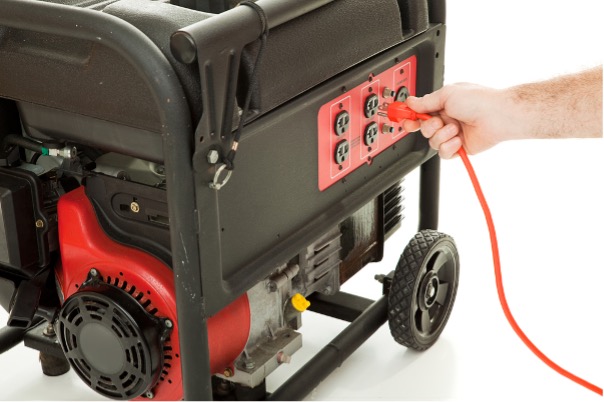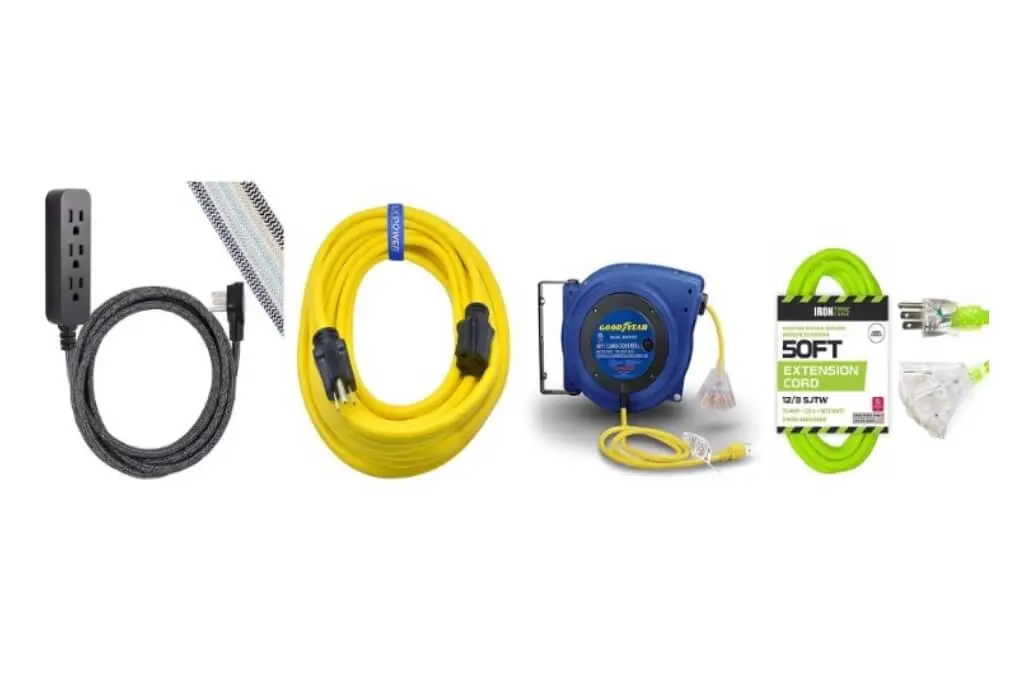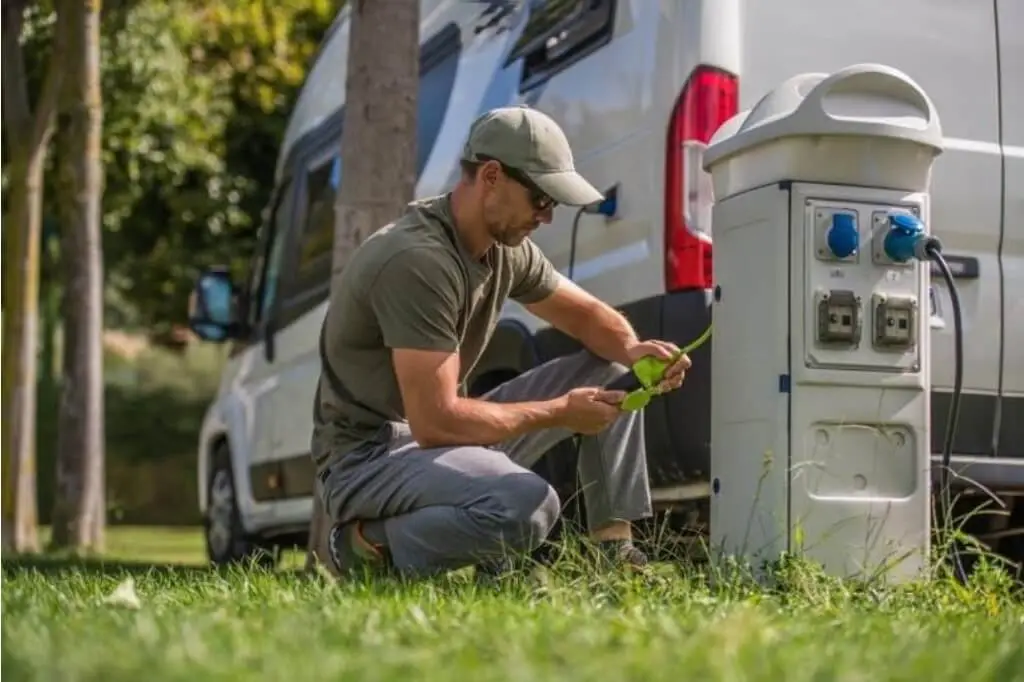Power outages can happen unexpectedly, leaving you in the dark without essential appliances. In such situations, a generator can be a lifesaver, providing temporary electricity to keep your home running smoothly. However, you may need to run an extension cord into your house to maximize your generator’s power. This guide will walk you through the process step by step, emphasizing safety precautions, the Run an Extension Cord from the Generator into the house, and potential hazards to avoid.
Why You Might Need to Run an Extension Cord from the Generator into the House
Before we delve into the “how-to” part, let’s briefly discuss why you might need to run an extension cord from your generator into your house. Power outages can be caused by severe weather, equipment failure, or other unforeseen circumstances. When the grid goes down, your generator becomes a valuable resource for keeping your lights on, your food cold, and your electronics charged. Running an extension cord allows you to channel this power where you need it most, whether to keep your refrigerator running, power essential medical equipment, or maintain a comfortable living environment.
Step-by-Step Guide
Step 1: Assess Your Generator’s Capacity
The first step in running an extension cord from your generator into your house is determining your generator’s capacity. This is crucial to prevent overloading it, which can damage the generator or pose a fire risk. Check your generator’s user manual or label for its rated wattage capacity. List the essential appliances and devices you want to power during the outage and add up their wattage requirements. Ensure that the total wattage does not exceed your generator’s capacity.
Step 2: Choose the Right Extension Cord
Selecting the appropriate extension cord is a critical safety consideration. Not all extension cords are created equal, and using the wrong type can result in overheating and fires. Here’s what you need to know:
A. Gauge Matters
Extension cords are available in different gauges, typically ranging from 16 to 10 AWG (American Wire Gauge). The lower the gauge number, the thicker the wire and the higher the capacity. Opt for a lower gauge extension cord for longer distances or higher wattage requirements to minimize voltage drop.
B. Length Matters Too
While it might be tempting to use the longest extension cord you have on hand, longer cords can cause a voltage drop, reducing the effectiveness of your generator. Choose the shortest cord to connect your generator to your house safely.
C. Cord Type
Use extension cords specifically designed for outdoor use. Look for cords with a durable jacket to protect against moisture and wear. Never use indoor extension cords outside, as they are not built to withstand the elements.
Step 3: Prepare Your Generator
Before starting your generator, ensure it’s placed in a well-ventilated area, away from windows, doors, or any openings to your home. This prevents carbon monoxide from entering your living space, which can be fatal. Follow these steps:
A. Fuel Up
Ensure your generator has enough fuel to run for the expected duration of the outage. Check the fuel level and add gasoline or propane as needed.
B. Check the Oil
Check the oil level in your generator’s engine. Running a generator with insufficient oil can lead to engine damage.
C. Start the Generator
Start your generator following the manufacturer’s instructions. Allow it to warm up for a few minutes before connecting any cords.
Step 4: Connect the Extension Cord
Now that your generator is running, it’s time to connect the extension cord. Follow these steps carefully:
A. Turn Off Circuit Breakers
Before connecting the extension cord to your house, turn off the main circuit breaker in your electrical panel. This will prevent backfeeding, where electricity from your generator flows into the grid and can harm utility workers.
B. Plug-In Safely
Plug one end of the extension cord into the generator’s outlet. Make sure it’s secure and snug to prevent accidental disconnection. Then, route the extension cord away from foot traffic and potential hazards.
C. Connect to Your House
Locate an outdoor-rated electrical outlet on the exterior of your house. Plug the other end of the extension cord into this outlet. Ensure the connection is weatherproof and that the extension cord is not pinched or damaged.
Step 5: Power Up
Now that your generator is connected to your house, it’s time to restore power. Follow these steps:
A. Reset the Circuit Breaker
Go to your electrical panel and reset the main circuit breaker to the “On” position.
B. Prioritize Appliances
Slowly turn on and plug in essential appliances and devices one at a time. Start with critical items like your refrigerator, freezer, and heating or cooling systems.
C. Monitor Load
Keep an eye on your generator’s load. If it’s approaching its rated capacity, consider prioritizing which appliances to power or turning off non-essential devices to avoid overloading the generator.
Safety Precautions and Hazards to Avoid
While Run an Extension Cord from the Generator into the house can be a practical solution during a power outage, it also comes with potential hazards. To ensure your safety and the safety of others, take note of these precautions and hazards:
Safety Precautions
1. Carbon Monoxide Awareness
Carbon monoxide (CO) is a colorless, odorless gas generators produce. Ensure your generator is located in a well-ventilated area, far from windows and openings. Consider installing a carbon monoxide detector in your home for added safety.
2. Regular Maintenance
Keep your generator in good working condition by performing regular maintenance, such as oil changes and filter replacements. A well-maintained generator is less likely to malfunction during an outage.
3. Fire Safety
Place your generator on a non-combustible surface and keep flammable materials away from it. Check extension cords for signs of damage or wear and replace any damaged cords immediately.
4. Electrical Awareness
Never overload your generator, as this can damage it and create a fire hazard. Use the right extension cord for your generator’s capacity, and ensure all connections are secure.
Hazards to Avoid
1. Backfeeding
Backfeeding occurs when electricity from your generator flows into the grid, posing a danger to utility workers trying to restore power. Always turn off your home’s main circuit breaker before connecting your generator.
2. Wet Conditions
Electrical equipment, including extension cords, can be extremely hazardous in wet conditions. Ensure all connections are weatherproof and your generator and extension cords are dry.
3. DIY Electrical Work
If you’re uncomfortable with electrical work, hiring a qualified electrician to set up a transfer switch is best. Attempting DIY electrical connections can lead to serious accidents or damage to your home’s electrical system.
Conclusion
Running an extension cord from your generator into your house can be a practical solution during power outages, ensuring you have the essential power you need. However, safety should always be a top priority. By following the steps in this guide, choosing the right extension cord, and being aware of potential hazards, you can use your generator safely and effectively when the lights go out. Remember, knowledge and caution are your best allies regarding electricity. Stay safe, stay powered up, and be prepared for whatever Mother Nature throws your way.


